What You Can Do to Attract Hummingbirds
Have you wondered what you can do to attract Hummingbirds to your home? Do you happen to be a bird-watcher or a gardener that enjoys seeing hummingbirds up close and you’re thinking of turning your backyard into a hummingbird sanctuary?
Or maybe you’re frustrated because you’ve already gone to great lengths by putting a nectar feeder in place, but they just haven’t stopped by for a treat yet? Keep reading to discover what you can do to attract hummingbirds.
There may be a few reasons that have been holding them back, or maybe your garden just needs a little encouragement to make it more appealing to them.
There are a number of things for you to try that can spark some interest in them that just takes careful planning on your part. These are several things that you can do to attract hummingbirds into your backyard garden. Hummingbirds love flowers, check out my post on What Flowers To Plant In January.
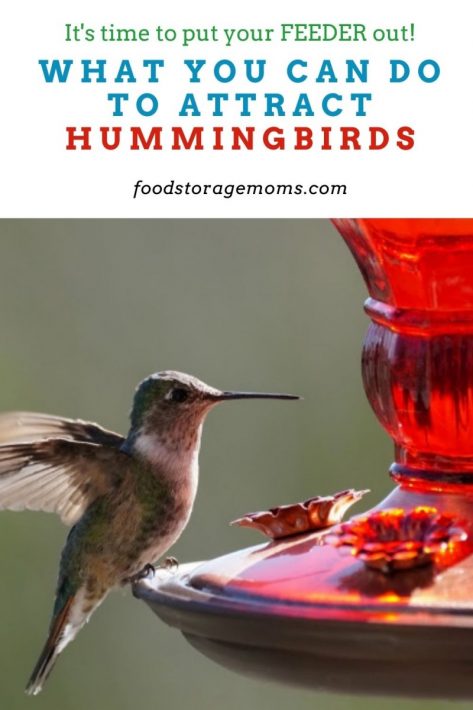
Attract Hummingbirds With Colorful Flowers
One of the best ways that you can catch hummingbirds’ attention is by making your backyard garden area as colorful as possible. They love bright colors, such as yellow, orange, purple, and pink, but they especially love the color red.
That’s why most hummingbird feeders come in red, along with red nectar. You can even use brightly painted garden decorations to help woo them into your garden area.
Or maybe you need to spruce them back up a bit with a nice coating of paint.
Attract Hummingbirds by Having a Garden of Continual Blooms
To ensure that hummingbirds hang around throughout the summer be sure to plant flowers that will bloom at different times during spring and summer. Not only will you keep the hummingbirds happy, but your garden will be colorful for a longer period of time.
You can ask a gardening expert to fill you in on blooming schedules so that you can plan accordingly.
Know Their Favorite Flowers
Planting a garden that’s lush with their favorite flowers will not only draw their attention, but keep them coming back all summer long. Flowers that have a lot of nectar are your best bet.
Hummingbirds especially enjoy perennials, including daylilies, bee balms, columbines, and lupines. They also love annuals, like petunias, impatiens, and cleome plants. You also might want to add milkweed plants to your garden to draw more visitors.
“Deadhead” Your Flowers
Wanting to get the most out of your flowers and keep hummingbirds interested? Deadheading is an old trick that gardeners use, that when blooms begin to wilt, they remove the heads.
The plant is tricked into believing its job is not done yet and will produce new blooms in its place.
Get a Quality Nectar Feeder
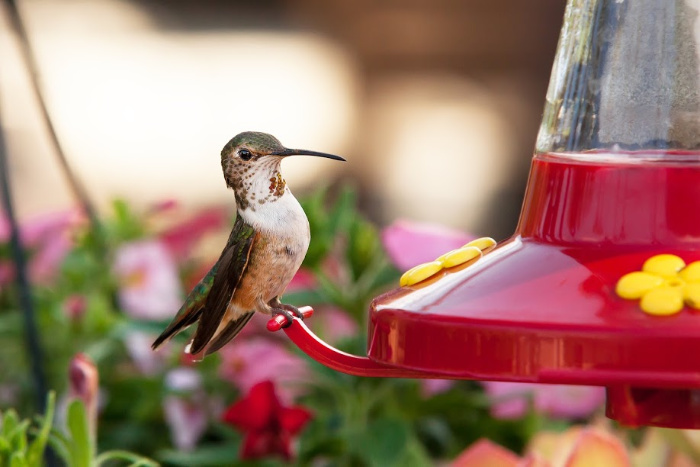
Make sure that you don’t just purchase a cheap hummingbird feeder, but a nectar feeder that is of high quality and more durable. They should be easy to fill and to take apart for cleaning. I have two of these Hummingbird Feeders.
Keep the Feeder Clean
It’s also important to keep your hummingbird feeder clean. You don’t want mold and hot weather turning your feeder deadly for hummingbirds.
Clean your feeders at least once a week, and multiple times when temperatures are reaching above 85 degrees.
Dealing with Bullies? Add More Feeders
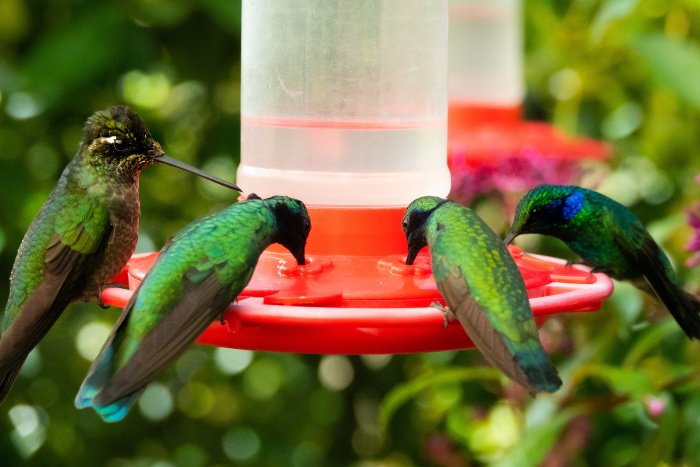
Have you been noticing one particular hummingbird bullying other ones away from your feeder? Try adding one or two other feeders close to your first feeder and there will be plenty of nectar to go around for everyone.
You might even draw in other visitors, like the butterfly.
Hang Oranges Around Your Garden
Another method for attracting hummingbirds is by hanging oranges that are cut in half near your feeders and garden. The citrus and juice make for a tasty snack for them.
Be advised that hanging oranges will bring other guests into your garden as well. There are several types of birds that love oranges, such as Bluebirds, Cardinals, Jays, Woodpeckers, and especially the Oriole.
Leave the Spider Webs
Before you go and destroy another spider web that’s hanging around your garden, consider this. Hummingbirds actually use the webbing to help make their nest nearby.
For a quick bite, they also will steal the insects right out of the web, which provides their little bodies with extra protein for all the wing-flapping they do.
Make Snag Perches
Although you may have never seen it, hummingbirds get tired and enjoy perching, just like other birds. With wings that flap over 80 flaps a second, how could they not get tired?
To counter this, strategically place a large branch into the ground, about 40 to 50 feet away from their feeder.
Not only do they enjoy resting on it, but they use it as a “watchtower” while they protect other hummingbirds that are at the feeder.
Keep a Mister on in Your Garden
Did you know that hummingbirds love to play and take a bath in water just like other birds? If you keep a mister left on and slightly spraying in your garden, you might catch a hummingbird zipping through the mist.
They’ll keep doing it until they are soaked. They can then dry off on that convenient snag perch that you have sitting closeby.
You can purchase a mister at your local lawn and garden center or at your hardware store.
Create a Shaded Atmosphere
In most cases, hummingbirds typically hang out in shaded to partially shaded areas. It’s also good for the nectar inside their feeders from spoiling as quickly.
That being said, take a look at your backyard. Is there plenty of shade or covering that keeps them out of direct sunlight?
Do You Have a Bee Problem?
The nectar from their feeders may be bringing in the wrong kind of crowd. Bees and wasps may be keeping the hummingbirds away.
You may notice that hummingbirds will share along with an occasional one or two bees at the feeder. In case you missed my All About Hummingbirds article.
But if there’s a swarm of insects, hummingbirds might learn to stay away. Bees and wasps are also drawn to yellow, so that’s another reason to stick with the red feeders if you’re hoping for hummingbirds.
Hummingbird Food or Nectar
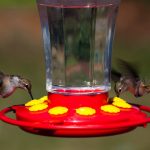
- 1 cup granulated white cane sugar
- 4 cups water (tap water, unless it has too many chemicals)
-
1. Combine the ingredients in a saucepan or bowl.
2. If you want to speed up the sugar dissolving time, heat the water in the saucepan, otherwise, just stir well in the bowl.
3. Make sure the sugar is completely dissolved.
4. You don't need to boil the sugar water unless you feel it has been exposed to bacteria or mold that may be present.
5. If heated, let it cool and fill your clean feeder.
6. Refrigerate any leftover sugar water.
Final Word
These are several things that you can do to attract hummingbirds into your backyard. What are some other methods that have worked for you to draw their attention? I hope we’ve helped you learn what can you do to attract hummingbirds.
Please keep prepping, we must be prepared for the unexpected. May God bless this world, Linda
Copyright Images: AdobeStock_214702861 Joylyn McChesnie, AdobeStock_213068772 Ruben, AdobeStock_288796085 Avery, AdobeStock_199645585 Moment of Perception

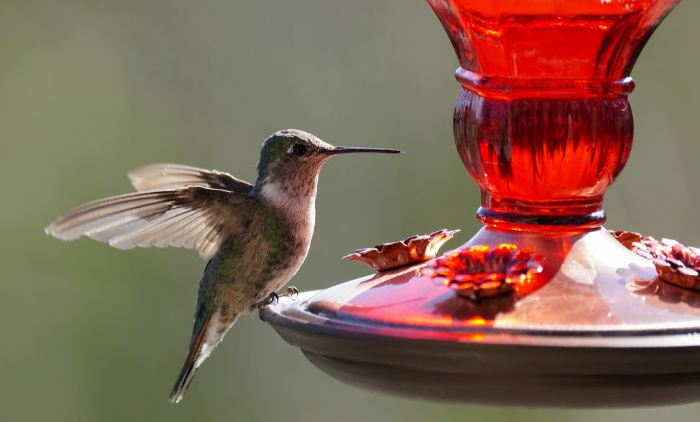

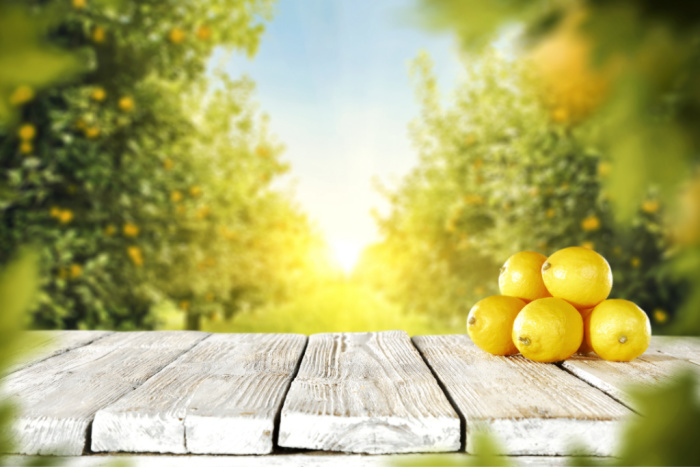
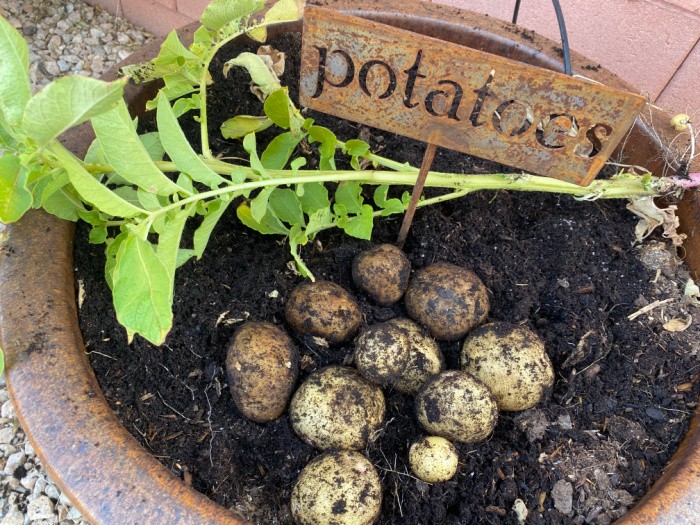
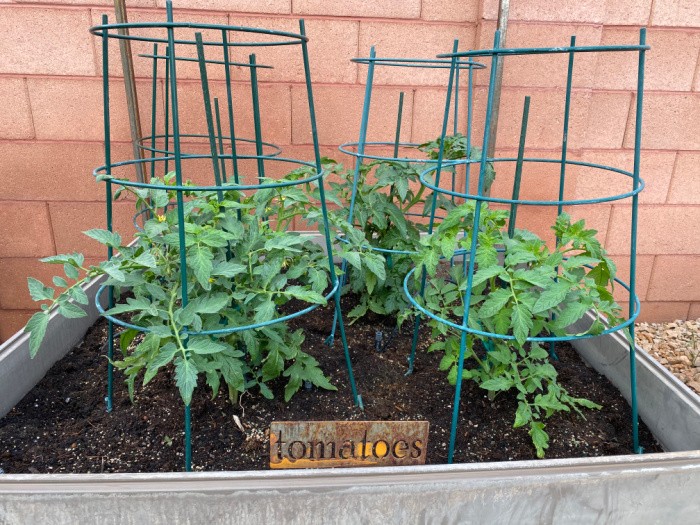
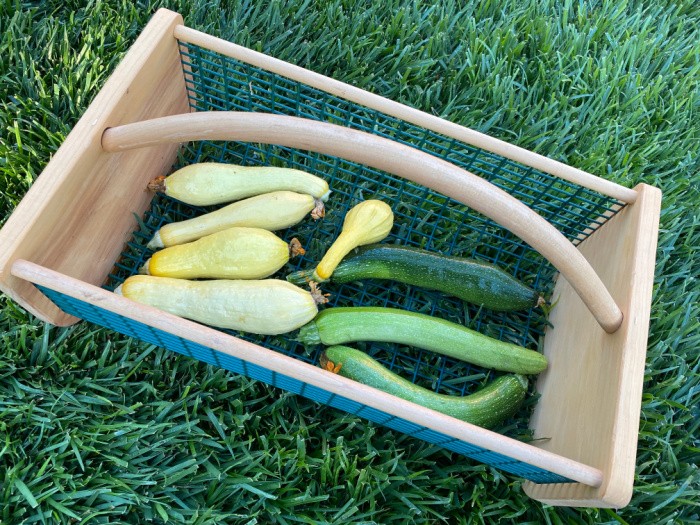
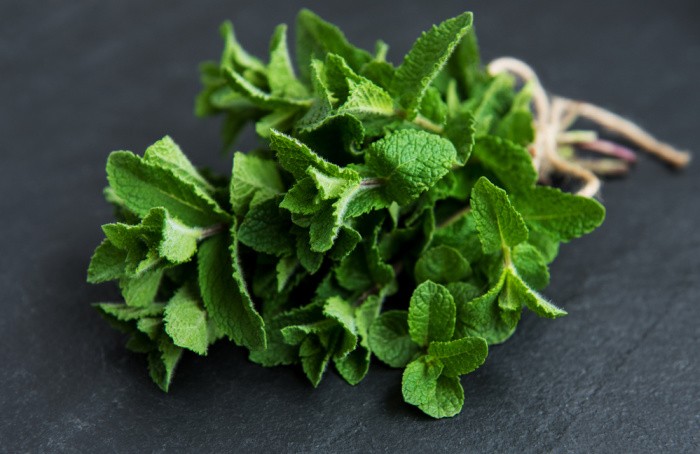
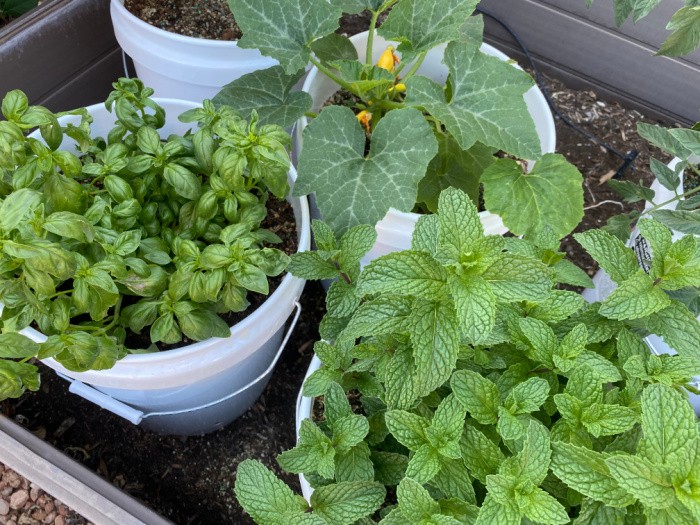
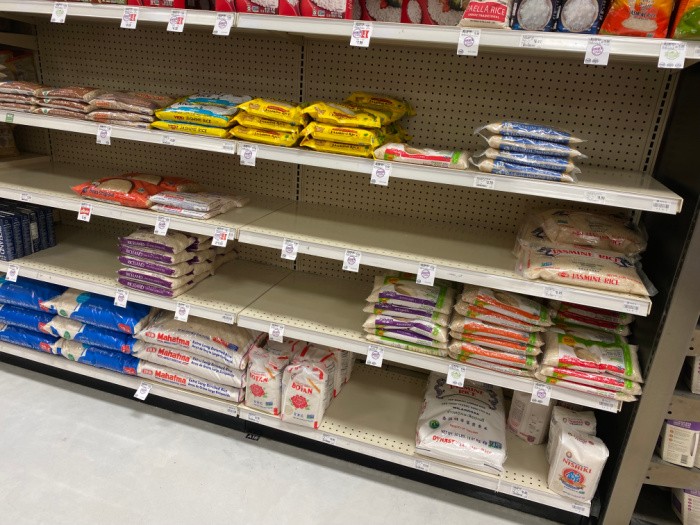
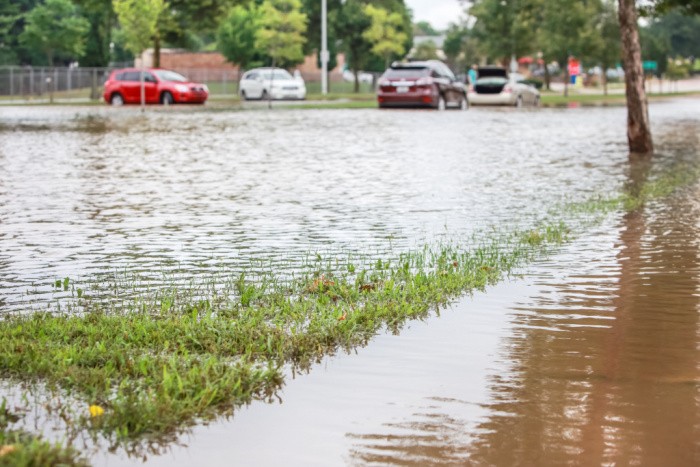
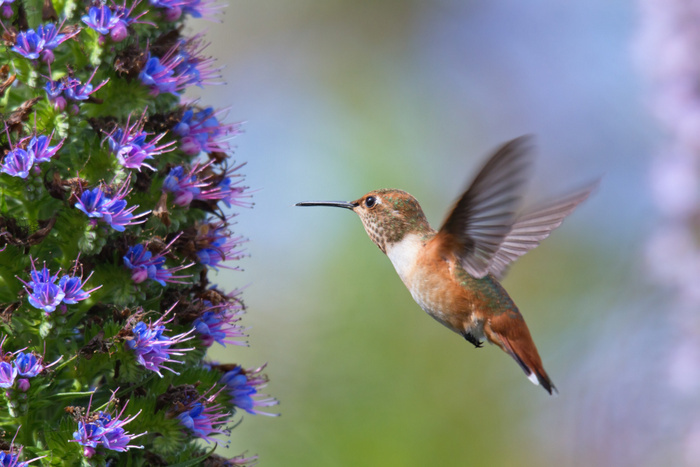
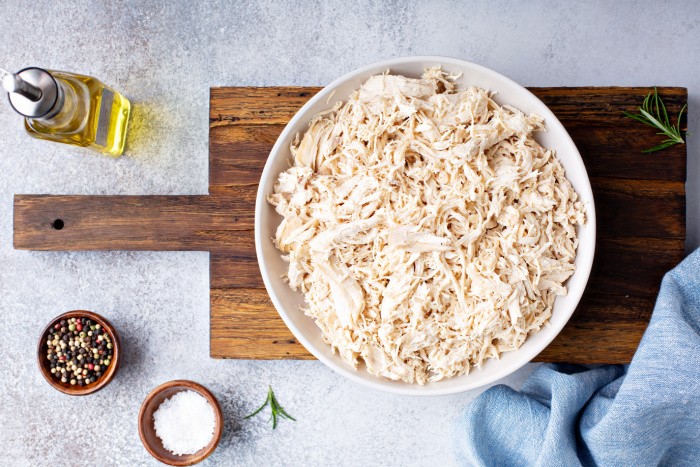
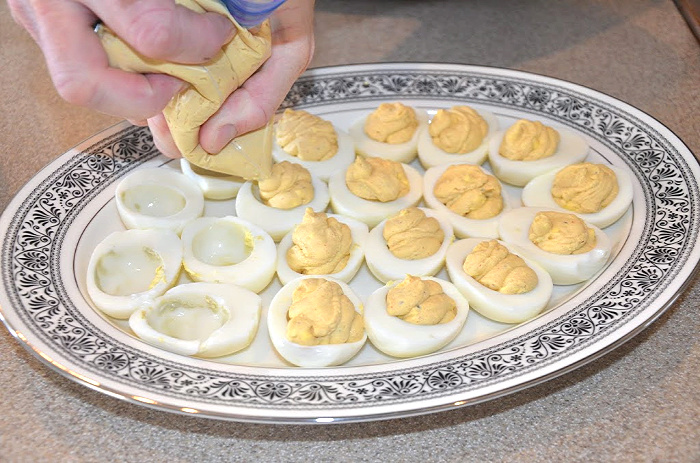

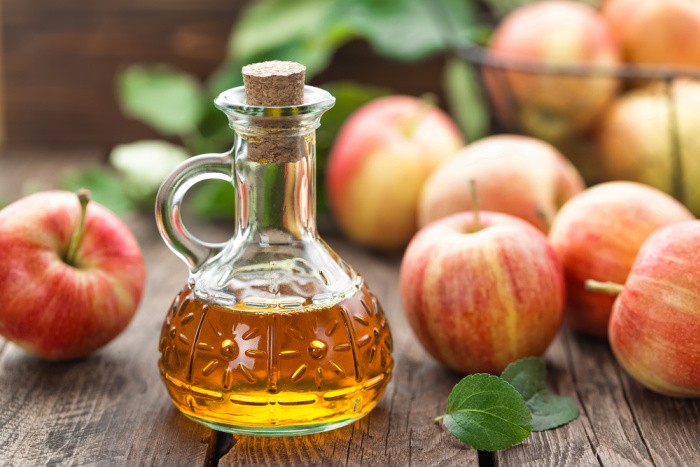
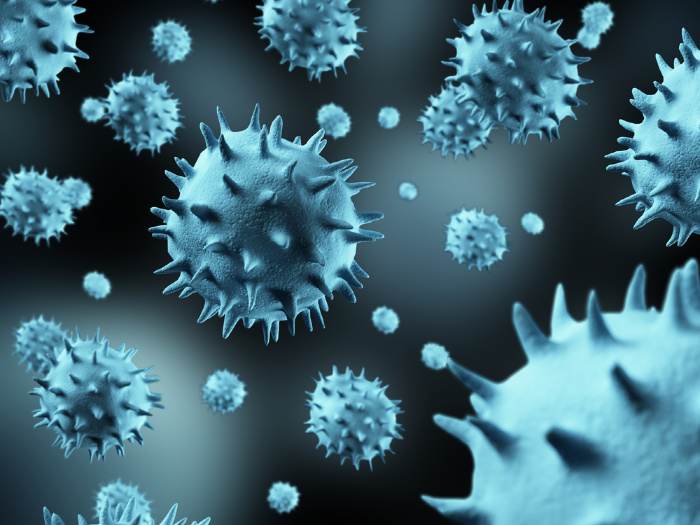
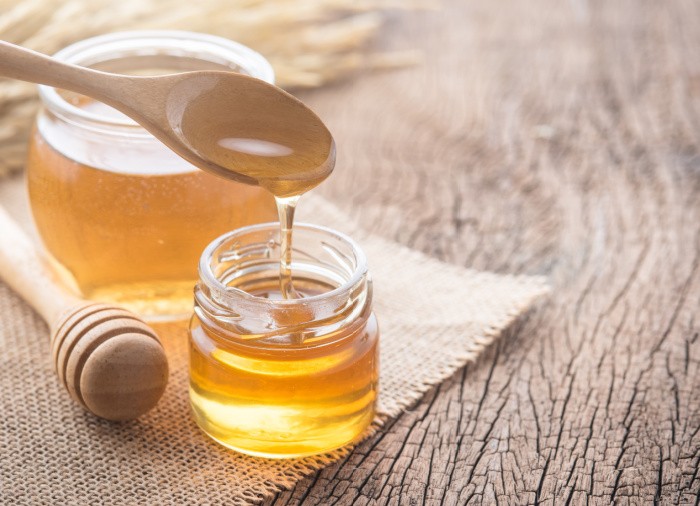
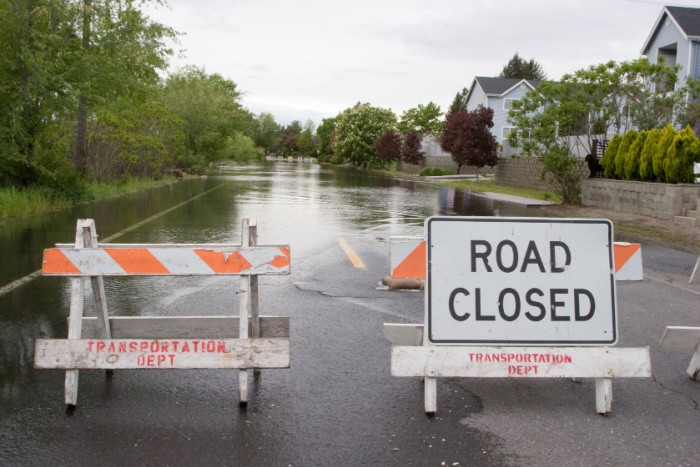
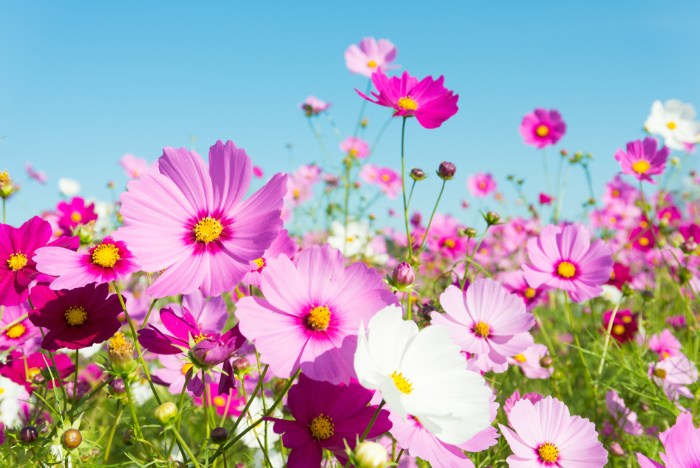



*Thank you* for putting up a summery item–it sure brightens up a raw, snowy/rainy/icy day to look forward to the hummers!
Hi Rhonda, I can’t wait to see those hummers drop by my house very soon, I hope! Linda
Bullying Ha Ha…You are right ,those little brats can be very territorial and jealous of their newfound property (AKA the feeder! ) So much fun to watch! Sometimes you wonder where this whole flock came from! More feeders needed indeed.